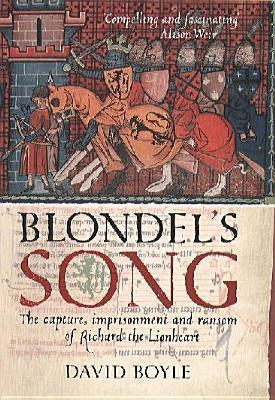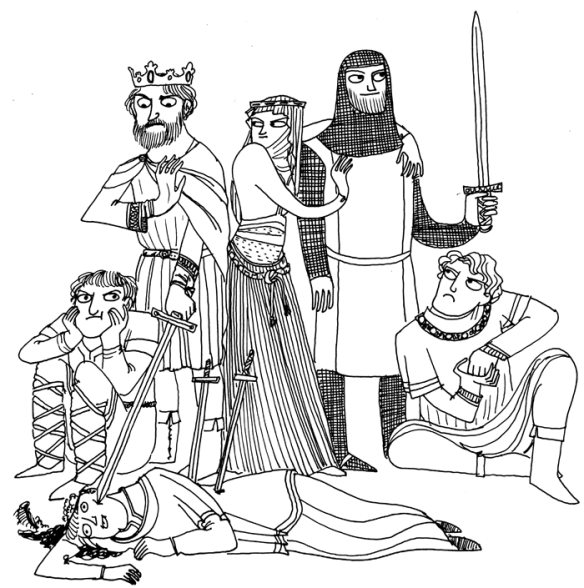Well, I’ve been on a bit of a Plantagenets binge lately, and no mistake!
As you might remember from my glowing review of Blondel’s Song, I am a massive fan of Eleanor of Aquitaine, the mother of Richard the Lionheart. She’s just incredibly interesting. And so it was with some excitement that I turned to Eleanor of Aquitaine: By the Wrath of God, Queen of England. After all, Blondel’s Song only featured Eleanor tangentially – here was a whole book on the subject!

Unfortunately, I was… a bit disappointed.
Alison Weir certainly did her research for this book, and there’s a great deal of information on Eleanor’s life and the lives of her children and husbands. And, since Eleanor’s life and times were so interesting and over-the-top (have you ever ridden dressed as an Amazon on crusade? Because it seems Eleanor did), there is still a lot to interest an amateur historian here.
However, I’m just not sure who the book is designed for. It seems to be giving information too basic for someone with prior knowledge of the era, but too detailed for someone reading out of general interest. There is, in fact, too much information, and it is quite densely written. Take this paragraph, for example:
The House of Capet had ruled the country (France) since 987, when the feudal lord Hugh Capet had been elected king after the death of Louis V, the last monarch of the Carolingian dynasty, which descended from the Emperor Charlemagne. The surname Capet, which probably means ‘cap-wearer’ or ‘cape-wearer’, was not used for Hugh until the thirteenth century, and the dynasty he founded was not referred to as Capetian until the eighteenth century.
The paragraph comes from a chapter on the relationship between Aquitaine and France. There is just so much going on here: the name of the dynasty of French kings, the establishment of said dynasty, information on the previous dynasty, the meaning of the name… And, in my opinion, we don’t really gain from knowing all of it, since what we really want to know is how this relates to Eleanor’s life.

Eleanor, and possibly her children and grandson.
I did get some things from reading this; it covers the entirety of her life very well, so I now know a lot more about her activities following the death of Richard. However, for a basic level of interest in the topic, I would say: go for Blondel’s Song, or just watch The Lion in Winter.


